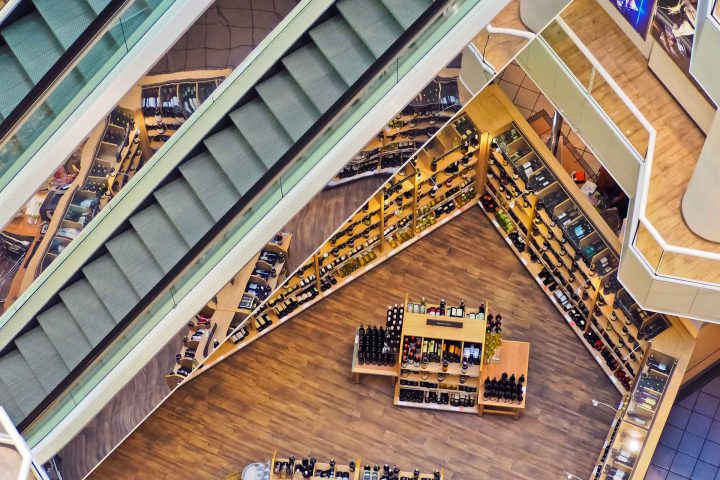Many of us rely on transportation—it gets us to and fro throughout the day and encourages us to explore the world. But where does IoT come into play?
It’s no surprise that, as the age of technology continues to develop, so does its impact on the transportation industry. In the past decade or so, IoT (Internet of Things) has made its way into the transportation industry.
As leaders when it comes to IoT, business intelligence and the transportation industry, here’s how we observe IoT will shape the transportation industry in 2019.
1: Optimised IoT Fleet Management
Utilising IoT to optimise fleet management systems will enable accurate real-time information. In doing this, managers and business owners will then be able to make timely decisions influenced by the data being presented.
What’s also beneficial about this is the reduction of upkeep. With the power of IoT, you’ll be able to monitor metrics like fuel consumption, predicted maintenance for vehicles and driver wellness over a period of time. By forecasting this data, transportation business owners have the opportunity to make sound decisions before issues occur.
2: Smart Inventory Maintenance
IoT encapsulates a variety of devices from sensors, mobile, smartwatches and more. Building an ecosystem of IoT devices in your transportation business unlocks important insight into the status of your business or distribution centre. For example, you’ll be able to know which products are running low or in excess, without having to physically be there.
By increasing your awareness through the power of real-time information, you’ll eventually be able to predict trends, fluctuations and errors, before they’ve even happened. This can further be enhanced if you integrate artificial intelligence into the business too.
3: Increased Safety Measures
When you’re managing your own transportation business, one of your duties will likely be monitoring a fleet of trucks and vehicles. But the more you manage, the most likely that you may lose track of other vehicles in the mix.
IoT enables you to create beneficial tools like geo-fencing—pretty much setting certain parameters for the vehicles and giving you a clear idea of where they are going, or if they accidentally stray too far. But creating these borders, you’ll able to keep an eye on all vehicles without the worry of missing one or two.
4: Overall driver wellness
We’re all human, so it makes sense that eventually, we’d get tired or fatigued from working. A current issue in the transportation industry is monitoring the well-being of your drivers, the issue lies in the fact that you’re not physically with them, therefore, you cannot see if they are fatigued or not.
IoT addresses this by allowing you to monitor this from distance. When using various devices like sensors or smartwatches, these tools will be able to detect well-being changes like increasing fatigue, sleepless or lack of attention.
5: Curbing Traffic
Nobody likes traffic. But how great would it be to know, in real time, when your train or bus is coming to pick you up? While we do get push notifications from our phones, they are often inconsistent.
Real-time tracking of vehicles in an IoT environment gives travellers the convenience of receiving accurate information about the vehicle’s location and the exact estimated time of arrival. Say goodbye to delayed commutes!
Want to Know More?
Download our free special report now to learn more about IoT in Transportation and Logistics.
Get the Report
We won't share your details and you can opt out of communications from us at any time.



